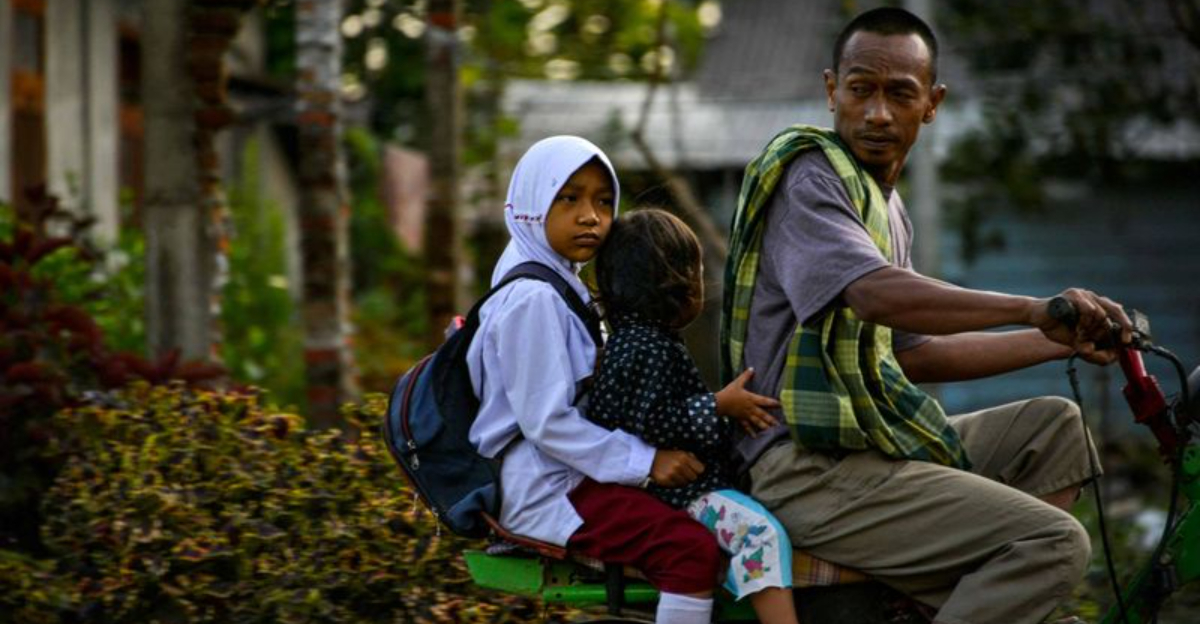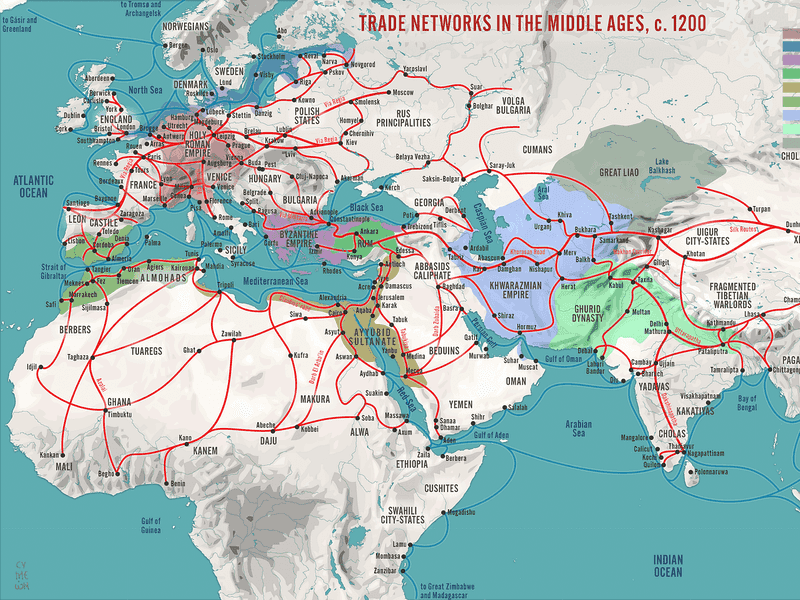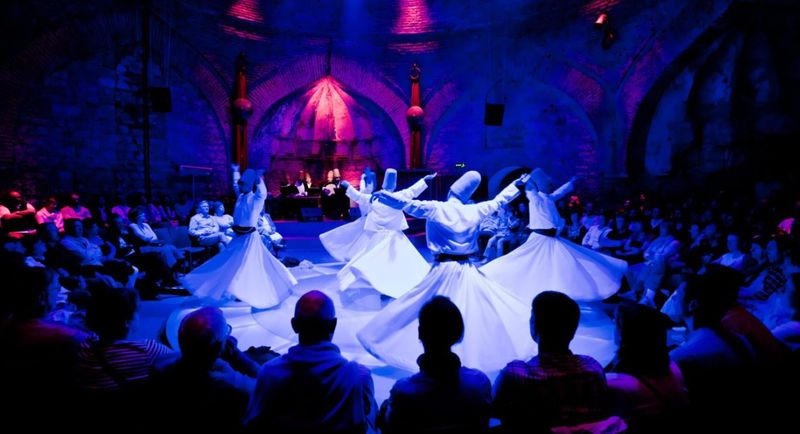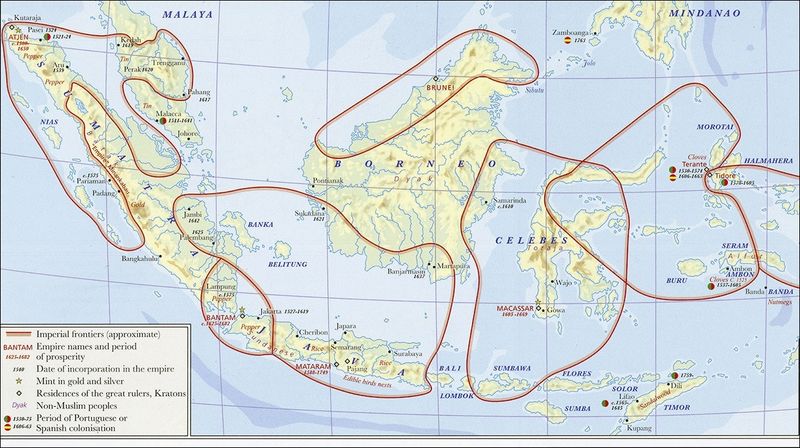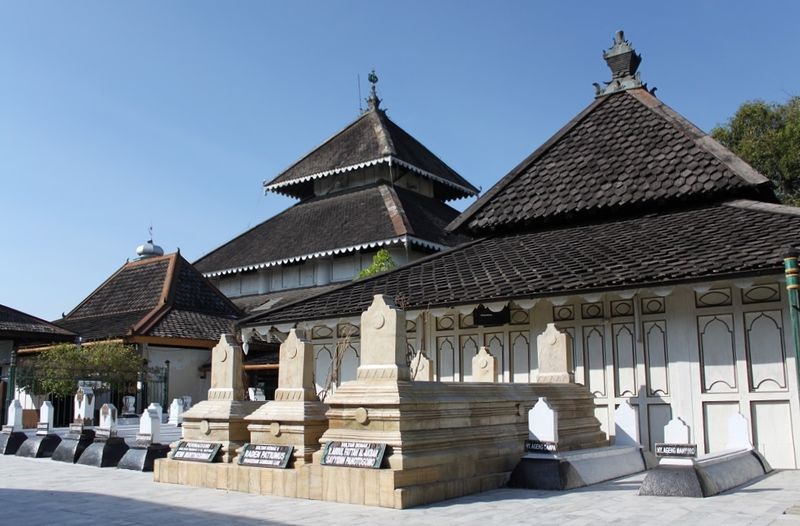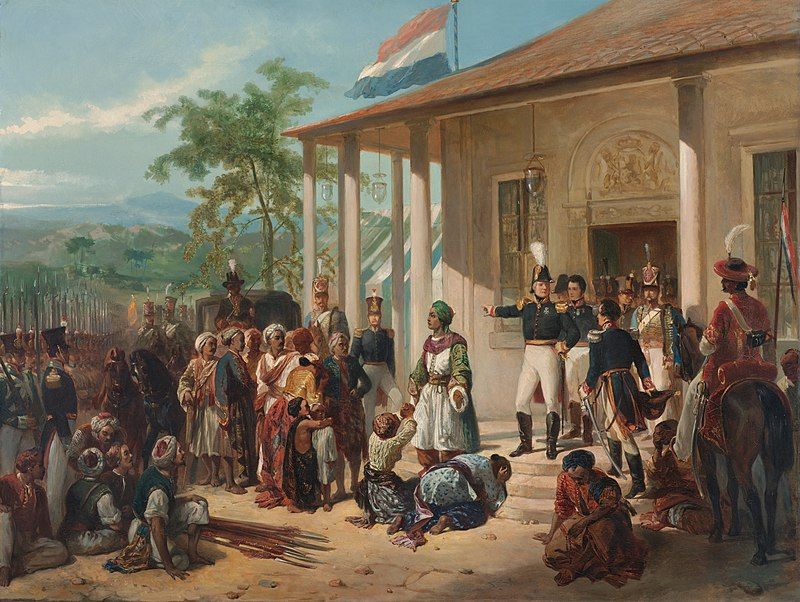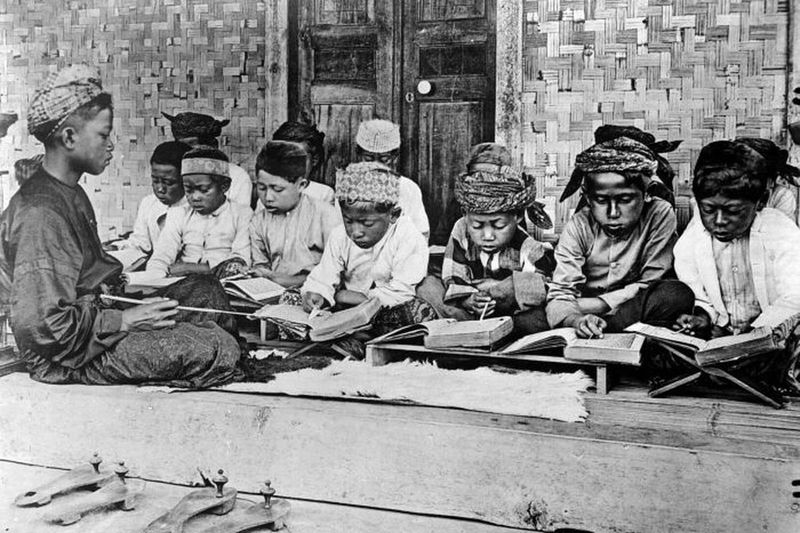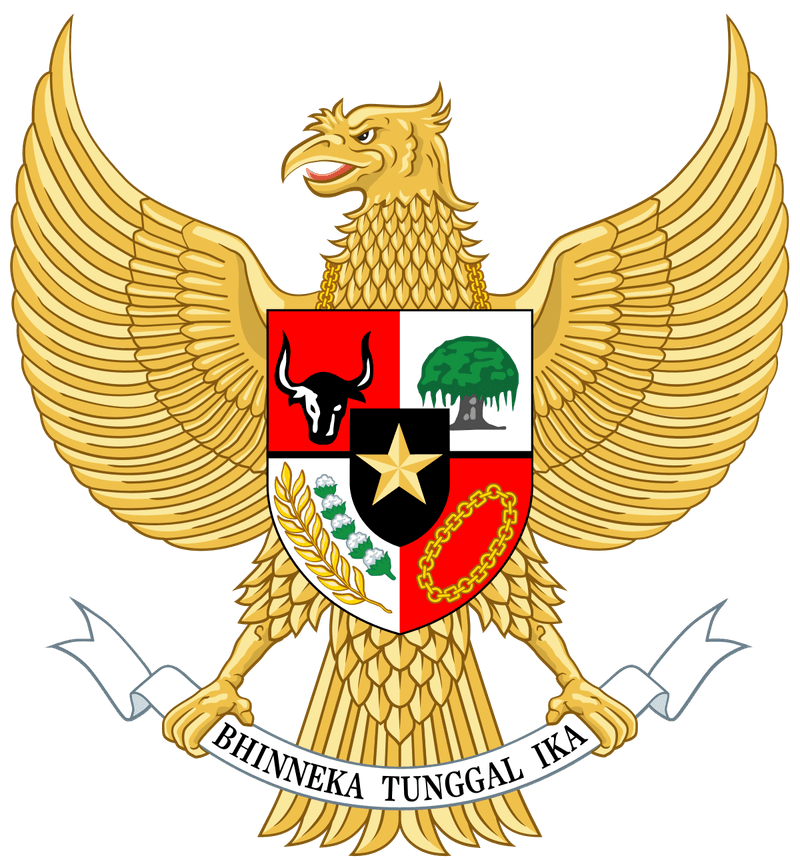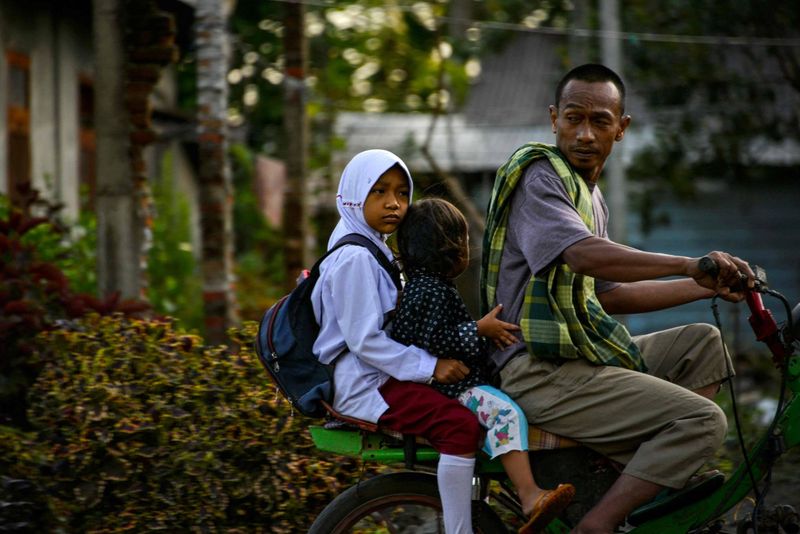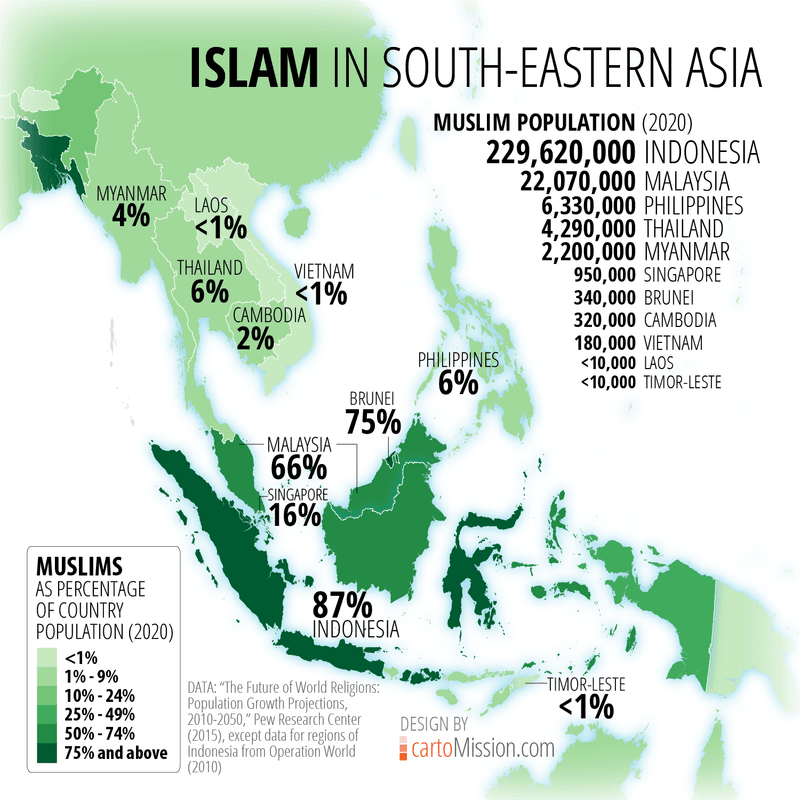Indonesia’s transformation into the largest Muslim-majority country is a fascinating journey of trade, politics, and culture. This blog post explores ten key facts that highlight how Islam spread and took root across the archipelago, shaping the nation’s identity.
1. Arrival via Trade Routes (13th–14th centuries)
Trade routes have always been avenues for cultural exchange. In the 13th and 14th centuries, Muslim merchants from Gujarat, Arabia, and Persia set sail towards the Indonesian archipelago. These merchants didn’t just bring exotic spices and silks to the bustling ports; they carried with them the teachings of Islam.
As they established trading posts, the local communities were introduced to new religious beliefs. The coastal ports became melting pots of ideas, where local traditions intersected with Islamic teachings. These early connections laid the foundation for Islam’s growing influence in the region.
2. Early Sultanates Lead the Way
With the rise of sultanates came the spread of Islam. Around 1297, the Sultanate of Samudra Pasai in Sumatra became one of the earliest Islamic states in Indonesia. This political shift added a new dimension to the religious landscape.
The conversion of local rulers to Islam held significant sway over their subjects, who often followed suit. As these rulers adopted the faith, they used their influence to promote Islamic teachings and values. The alignment of political power with religion provided momentum for Islam’s expansion across the islands.
3. Role of Sufi Missionaries
Sufi missionaries played a pivotal role in making Islam accessible. Known for their mysticism, Sufis embraced local customs and traditions, creating a harmonious blend with Islamic teachings. This approach resonated deeply with indigenous communities.
By integrating spiritual practices, Sufis offered a relatable path to understanding Islam. Their inclusive teachings spread swiftly, leaving a lasting imprint on the spiritual fabric of the region. The gentle approach of these missionaries not only attracted followers but also helped Islam flourish amidst diverse cultural landscapes.
4. Expansion through Maritime Networks
The sea was a highway for faith as much as for trade. Malay, Javanese, and Acehnese sailors were instrumental in Islam’s spread across the islands. As they navigated the maritime routes, they brought with them the tenets of their new faith.
These seafarers established mosques and religious schools, serving as beacons of Islamic knowledge. The intertwining of maritime and religious networks ensured that Islam reached even the most remote islands, embedding itself in the daily lives of coastal communities.
5. Java’s Islamic Transformation (15th–16th centuries)
Java’s transformation was pivotal in Indonesia’s Islamic history. The 15th and 16th centuries saw the rise of the Sultanate of Demak, which marked a shift from Hindu-Buddhist to Islamic governance. This change was not merely political; it was cultural.
Islamic architecture began to replace ancient temples, and Islamic rituals became part of everyday life. This period of transformation solidified Java as a central hub for Islamic culture and education, influencing the surrounding regions and strengthening the Islamic identity of the island.
6. Dutch Colonial Policies
The Dutch East India Company’s arrival didn’t halt Islam’s spread. Although their primary goal was trade control, they largely permitted Islamic practices in rural areas. Their focus was on Christianizing the eastern islands, leaving Java and Sumatra predominantly Muslim.
This indirect approach meant Islam continued to flourish in the heartland. While the Dutch presence introduced new dynamics, the resilience of local Islamic practices ensured the faith’s continuity. This era highlighted the adaptability of Islam in Indonesia, thriving despite external pressures.
7. Sunni Orthodoxy and Educational Networks
The 19th century witnessed the rise of Sunni orthodoxy in Indonesia. Pesantren, or Islamic boarding schools, became centers of learning and community life. These institutions played a crucial role in standardizing religious education.
Organizations like Nahdlatul Ulama and Muhammadiyah emerged, fostering Islamic scholarship and outreach. This network of schools and organizations ensured a cohesive Islamic identity across the islands. By intertwining education and faith, they laid the groundwork for a unified religious landscape that persists to this day.
8. Independence and Pancasila
The road to independence brought a new ideological framework: Pancasila. Enshrined in 1945, this philosophy emphasized religious freedom while recognizing Islam’s influence. Though secular in nature, the government’s acknowledgment of Islam’s role was clear.
Successive administrations reinforced this, ensuring Islam remained central to national identity. Pancasila provided a platform that balanced diverse religious practices with a unified Indonesian ethos, allowing Islam to thrive alongside other faiths. This ideological blend has shaped Indonesia’s political and cultural landscape.
9. Demographic Boom
Population growth has been a key driver in Indonesia’s Islamic prominence. High birth rates in Java and Sumatra contributed to a rapidly expanding Muslim population. Today, approximately 87% of Indonesia’s 270 million people identify as Muslim, cementing its status as a Muslim-majority nation.
This demographic boom has reinforced the cultural and religious landscape, making Islam a cornerstone of daily life. The sheer number of adherents has positioned Indonesia as a pivotal player in the global Islamic community, influencing both regional and international dynamics.
10. Largest Muslim Population
Indonesia’s status as the largest Muslim-majority nation is a testament to historical forces. From trade routes to colonial policies, each factor played a role in shaping this identity. With over 230 million Muslims, Indonesia surpasses nations with higher percentages of Muslims.
This unique position has imbued Indonesia with significant cultural and political influence. As a bridge between Islamic traditions and modernity, Indonesia continues to shape the global narrative of Islam, celebrating a rich tapestry of history and diversity.
